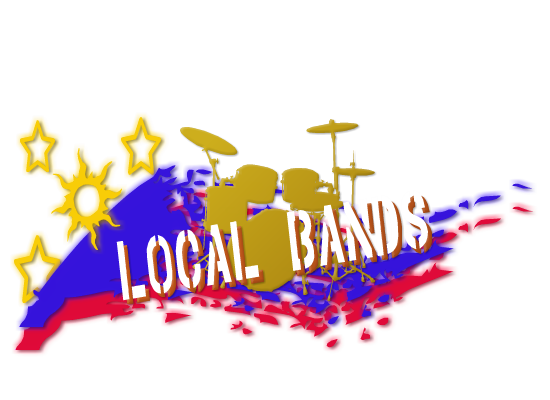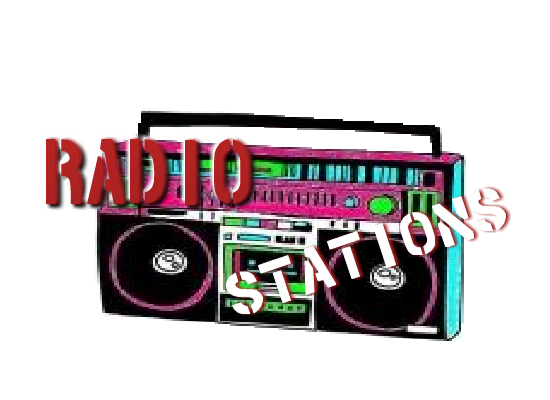While the term comprises a range of different musical genres, they can typically share common values, such as the valuing of sincerity and intimacy; an emphasis on freedom of creative expression; an appreciation of artistic creativity. As well, while very few types of underground music are completely hidden—except perhaps the underground rock scenes in the pre-Gorbachev Soviet Union—the performances and recordings may be difficult to find for outsiders.
Some underground musical genres never left their non-mainstream roots, such as jagged, aggressive UK 82-style hardcore punk bands like Discharge. Some underground styles eventually became mainstream, commercialized pop styles, such as underground hip hop of the early 1980s, which eventually became popular. In the 2000s, the increasing availability of the Internet and digital music technologies made underground music easier to distribute using streaming audio and podcasts. Some experts in cultural studies now argue that that there is no underground because the internet has made what was underground music accessible to everyone at the click of a mouse. One expert, Martin Raymond, of London based company The Future Laboratory commented in an article in The Independent, saying trends in music, art and politics are:
... now transmitted laterally and collaboratively via the internet. You once had a series of gatekeepers in the adoption of a trend: the innovator, the early adopter, the late adopter, the early mainstream, the late mainstream, and finally the conservative. But now it goes straight from the innovator to the mainstream.In effect, this means a boy band (for instance) could be influenced by a (formerly) obscure 1960's garage rock, early 1980s post punk, noise rock acts like Pussy Galore or even composers of avant-garde classical music like John Cage and Karlheinz Stockhausen and still remain recognisable as a boy band.[1].
History
The term underground music has been applied to several artistic movements, such as the psychedelic music movement of the mid-1960s, but the term has since then come to be defined by any musical artist/band that avoids becoming a trend/mainstream. Other early "underground" bands include the Velvet Underground, MC5, The Grateful Dead, Patti Smith, and the Stooges. Frank Zappa tried to define "underground" by noting that the "mainstream comes to you, but you have to go to the underground." In the 1960s, the term underground was associated with the hippie counterculture of young people who had dropped out of college and their middle class life to live in an off-the-grid commune of free love and cannabis. In modern popular music, the term “underground” refers to a performers or bands ranging from artists that do DIY guerilla concerts and self-recorded shows to those that are signed to small independent labels. In some musical styles, the term “underground” is used to assert that the content of the music is illegal or controversial, as in the case of early 1990s death metal bands in the US such as Cannibal Corpse for their gory cover art and lyrical themes. Black metal is also an underground form of music and its Norwegian scene are notorious for their association with church burnings, the occult, murders and their Anti-Christian views. All of extreme metal is considered underground music for its extreme nature.Shlomo Sher's "philosophy for artists" argues that there are three common misconceptions about the "underground": that it refers exclusively to the rave/electronica scene; that it can be described with a vague, broad definition of "anything which is not mainstream"; and the myth that underground music is kept secret; he points out that no band or performer "exclud[es] virtually anyone or anything" using "secret passwords and hidden map points". Instead, Sher claims that "underground music" is linked by shared values, such as a valuing of grassroots "reality" over music with "pre-wrapped marketing glossing it up"; sincerity and intimacy; freedom of creative expression is valued over commercial success; art is appreciated as deeply meaningful fashion; and the Underground "difficult to find", because the scene hides itself from "less committed visitors" who would trivialize the music and culture.
In a Counterpunch magazine article, Twiin argues that "Underground music is free media", because by working "independently, you can say anything in your music" and be free of corporate censorship.[2] The genre of post-punk is often considered a "catchall category for underground, indie, or lo-fi guitar rock" bands which "initially avoided major record labels in the pursuit of artistic freedom, and out of an 'us against them' stance towards the corporate rock world", spreading "west over college station airwaves, small clubs, fanzines, and independent record stores."[3] Underground music of this type is often promoted through word-of-mouth or by community radio DJs. In the early underground scenes, such as the Grateful Dead jam band fan scenes or the 1970s punk scenes, crude home-made tapes were traded (in the case of Deadheads) or sold from the stage or from the trunk of a car (in the punk scene). In the 2000s, underground music became easier to distribute, using streaming audio and podcasts.[4]
Even some musical styles that eventually became mainstream, commercialized pop styles started out as underground music. Late 1970s disco is often considered to be a very commercialized type of pop music. However, before disco's mainstream adoption in 1977 and 1978, disco records were underground music created by nightclub DJs for the gay dance club scene. Similarly, hip hop began "on the streets"; in the early 1980s, rappers did beatboxing and made up rhymes for tiny underground labels. Genres such as New Wave, no wave, noise, noise rock, alternative rock, grunge, various forms of heavy metal, grindcore, electronica, outsider music, and experimental music, also trace their roots to underground scenes.
A music underground can also refer to the culture of underground music in a city and its accompanying performance venues. The Kitchen is an example of what was an important New York City underground music venue in the 1960s and 1970s. CBGB [5] is another famous New York City underground music venue claiming to be "Home of Underground Rock since 1973".
[edit] Radio formatting
"Underground format" is a term used to describe a type of music radio programming in which underground-style music is played, usually in long blocks of two to three hours at a time, keeping talk to a minimum.[6][7] Many colleges across the United States and around the world allow students the opportunity of hosting radio programs. On these stations underground music is played much more frequently than on commercial stations.[edit] References
- ^ http://www.independent.co.uk/life-style/fashion/features/meet-the-global-scenester-hes-hip-hes-cool-hes-everywhere-894199.html Martin Raymond comments on the death of the Underground and homogenisation of youth culture in this article.
- ^ April 2004 Underground Music is Free Media By MICKEY Z.
- ^ Post-Punk: A History and Examination
- ^ Underground Music Podcast
- ^ [1] CBGB Claimed home of Underground Rock since 1973]
- ^ KMPX claims to be the Original Underground FM Radio Station
- ^ WebRadio Canada's Gothic/Underground Channel







0 comments:
Post a Comment